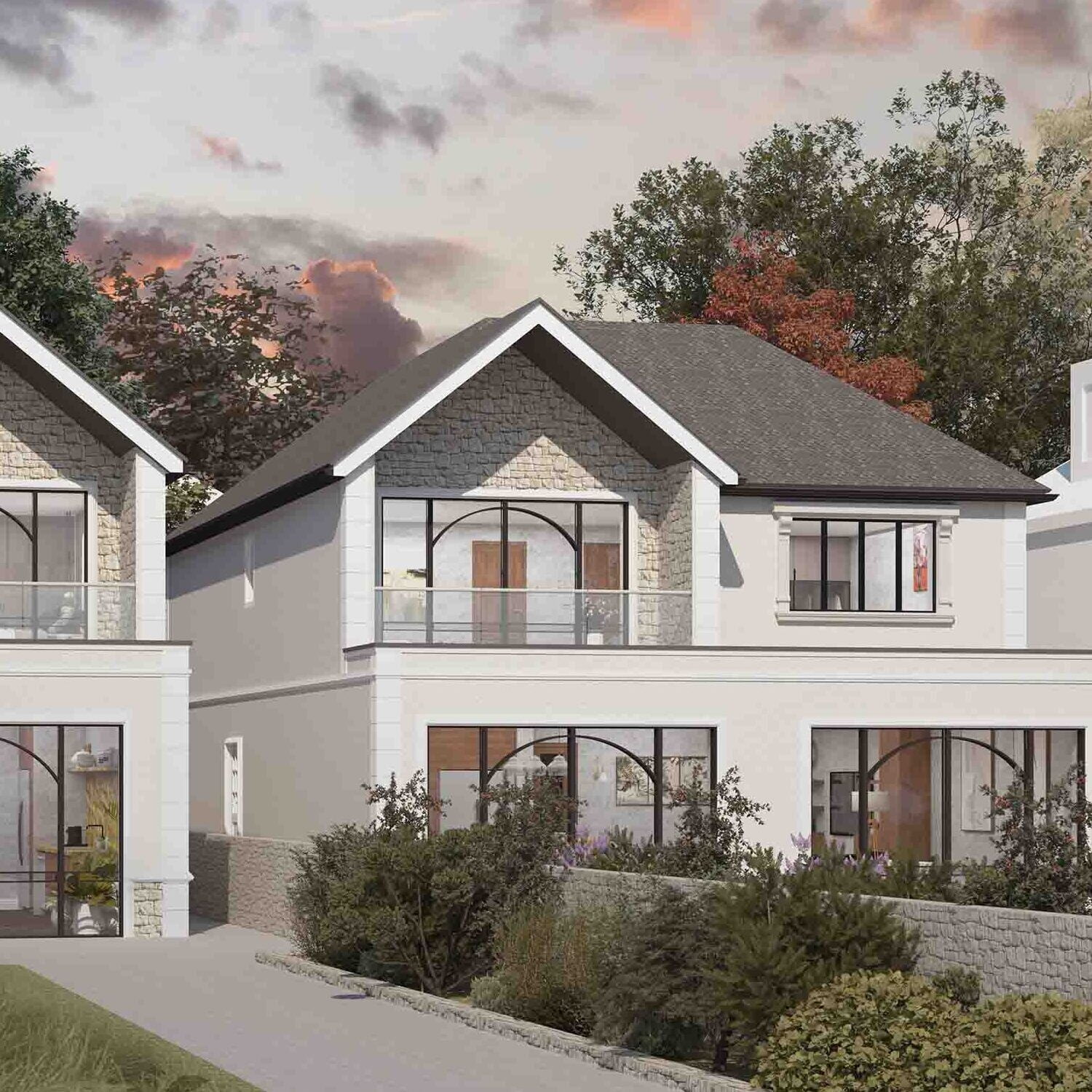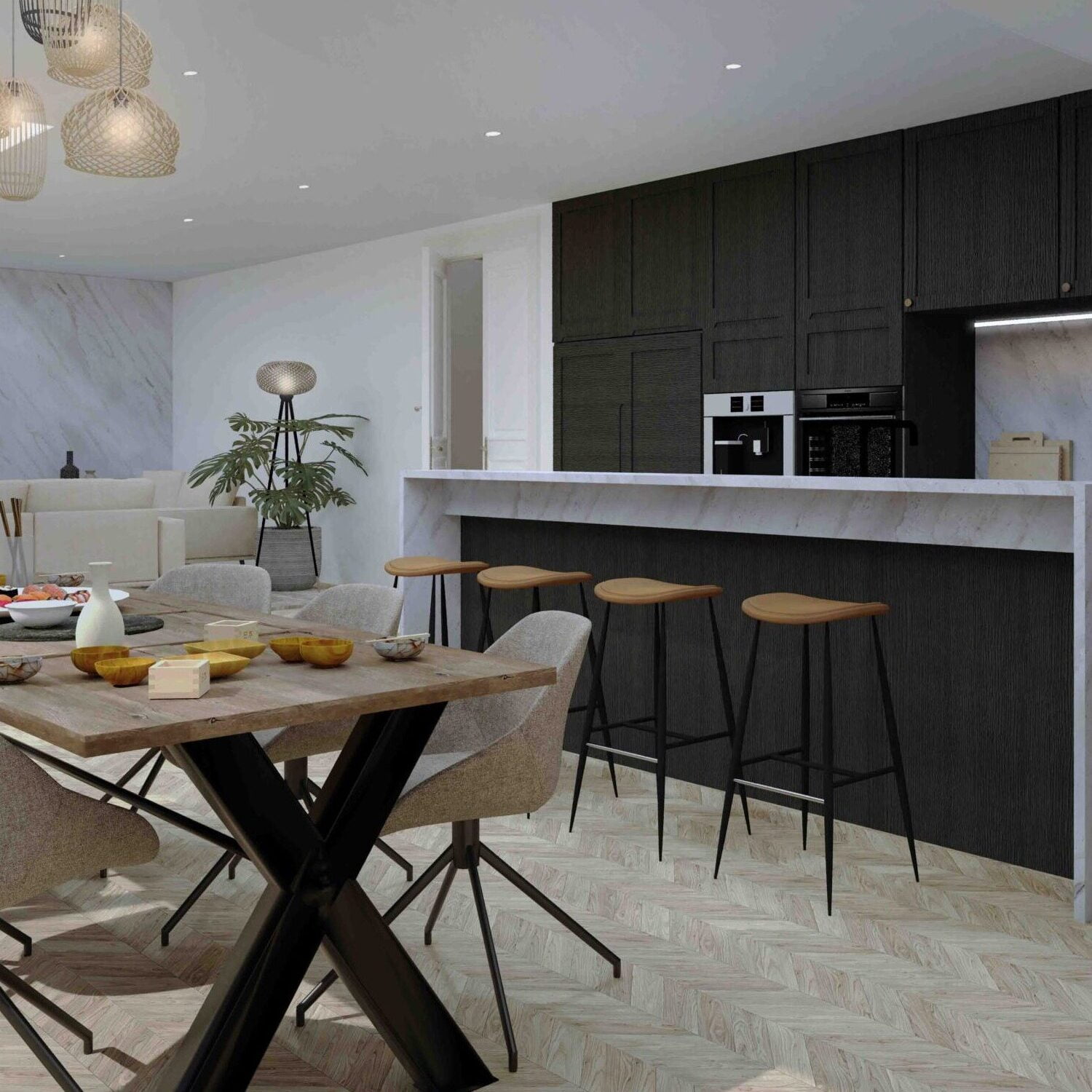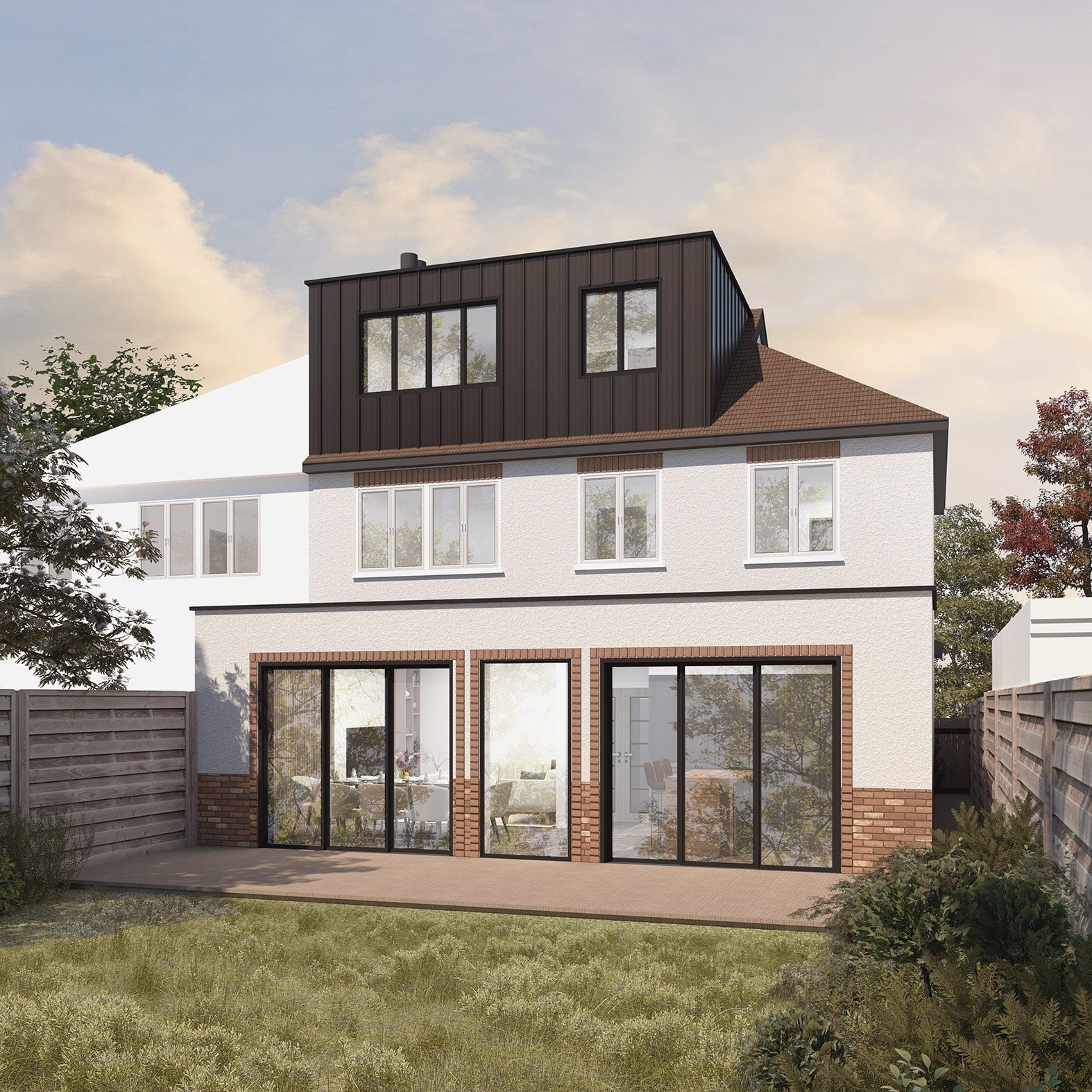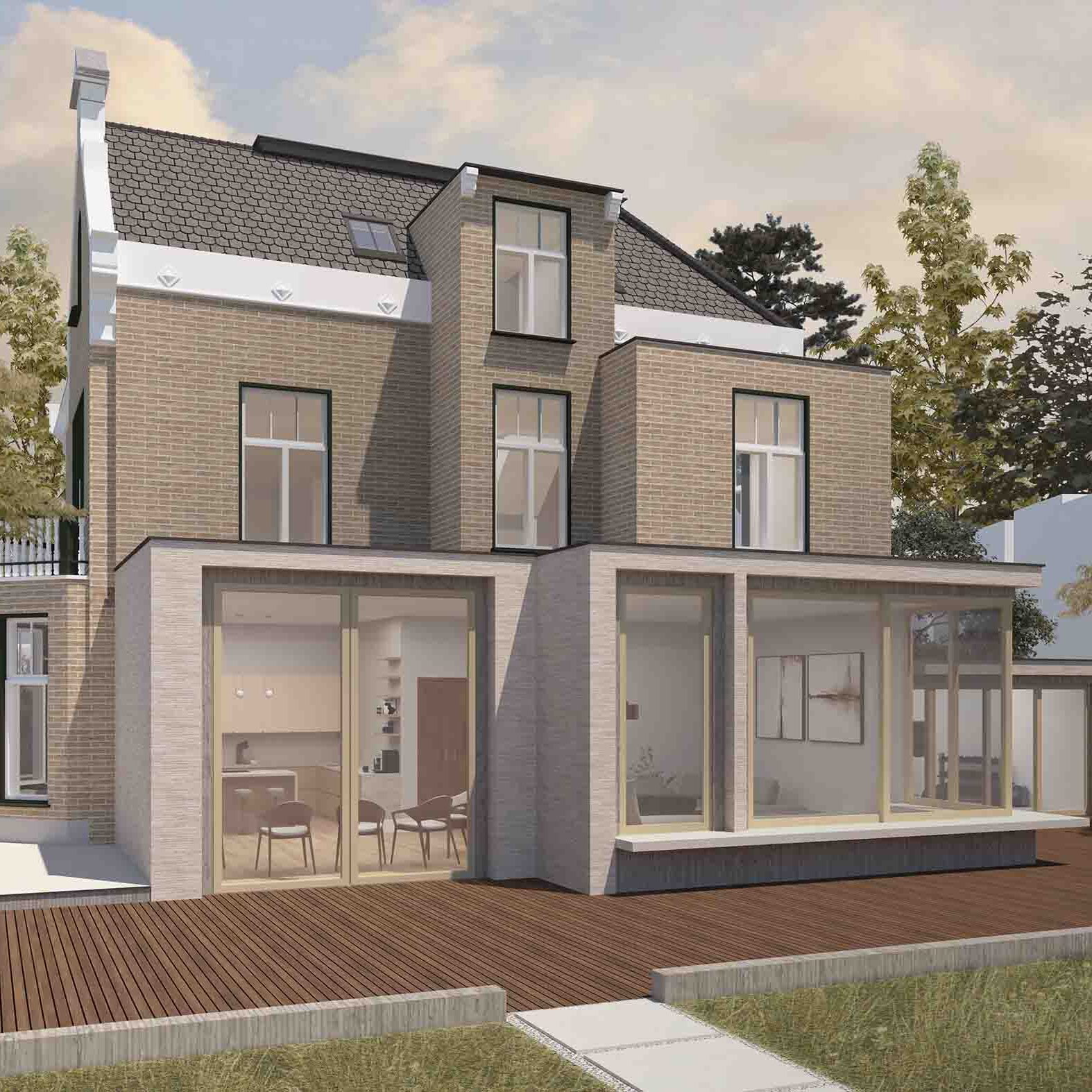Planning Permission Drawings: What do I Need?
Planning permission is crucial for many home improvement projects. Here’s a handy table and detailed guide to help you understand the planning permission drawings required for a successful application.
In this Article
1. Planning Permission Drawings Check-Box
2. Detailed Guide to Planning Permission Drawings London
3. Tips for Preparing and Submitting Planning Permission Drawings
4. Common Pitfalls to Avoid with Planning Permission Drawings
5. Conclusion & Next Steps!
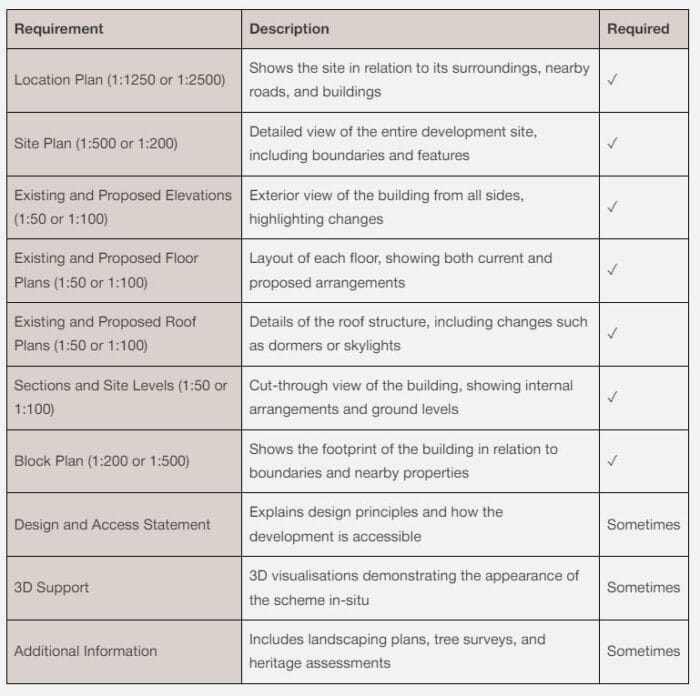
Detailed Guide to Planning Permission Drawings London
Location Plan
A location plan at a scale of 1:1250 or 1:2500 puts your site into context, showing how it fits with nearby roads and buildings. We create precise location plans that help visualise your project’s surroundings and ensure they meet local planning rules for house extensions and loft conversions.
Site Plan
At a scale of 1:500 or 1:200, a site plan offers a detailed look at your development site, including boundaries, existing features, and any proposed changes. Our team crafts thorough site plans that capture all necessary details, working closely with surveyors and landscape experts to ensure accuracy.
Block Plan
A block plan at a scale of 1:200 or 1:500 shows the building’s footprint in relation to its boundaries and neighbouring properties is required for all planning applications.
Existing and Proposed Floor Plans
Floor plans at a scale of 1:50 or 1:100 show the layout of each floor, including both existing and proposed arrangements. We provide precise floor plans for house extensions and loft conversion plans that meet planning authority requirements and help prevent delays in your application.
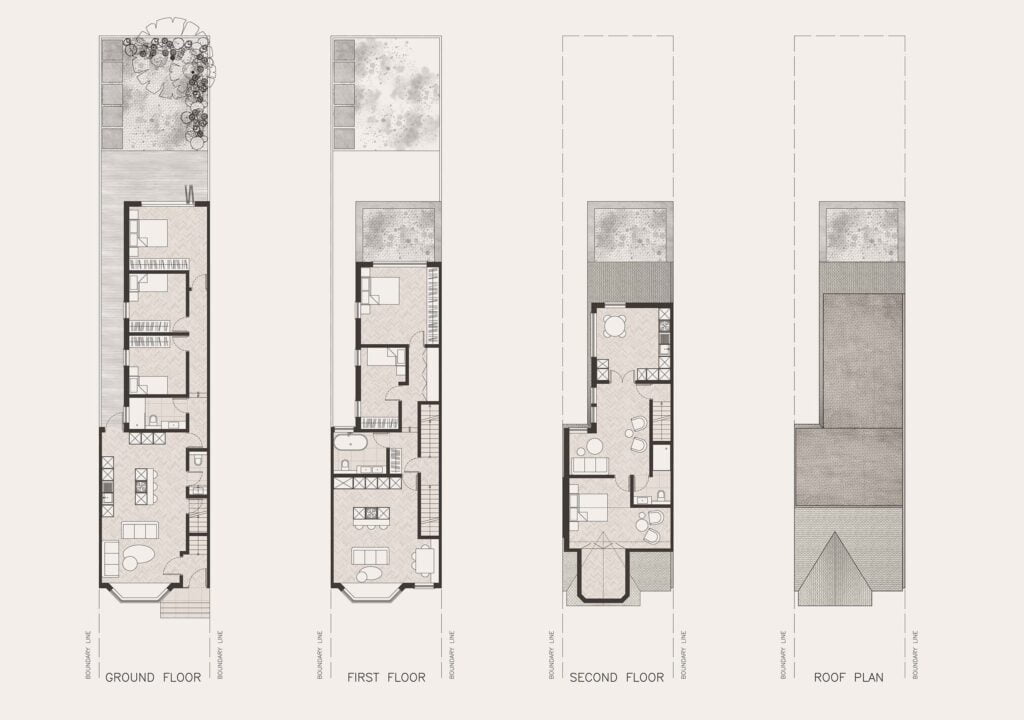
Architectural Floor Plans – Petite House
Existing and Proposed Roof Plans
Roof plans at a scale of 1:50 or 1:100 detail the roof structure, showing any new features like dormers or skylights. Our architectural team ensures that these plans clearly outline changes, coordinating with structural engineers to confirm feasibility and compliance.
Existing and Proposed Elevations
Whether you’re proposing a 3 meter house extension or a complete new build, elevations at a scale of 1:50 or 1:100 display the building’s exterior from all sides, highlighting current and proposed changes. We prepare clear, detailed elevation drawings that illustrate your project’s transformation, making the approval process smoother.
Sections and Site Levels
Sections at a scale of 1:50 or 1:100 offer a cut-through view of the building, revealing internal details and ground levels. We provide accurate section drawings and site level plans, working with topographic surveyors if required to reflect any significant changes in ground levels for particularly sloping sites.
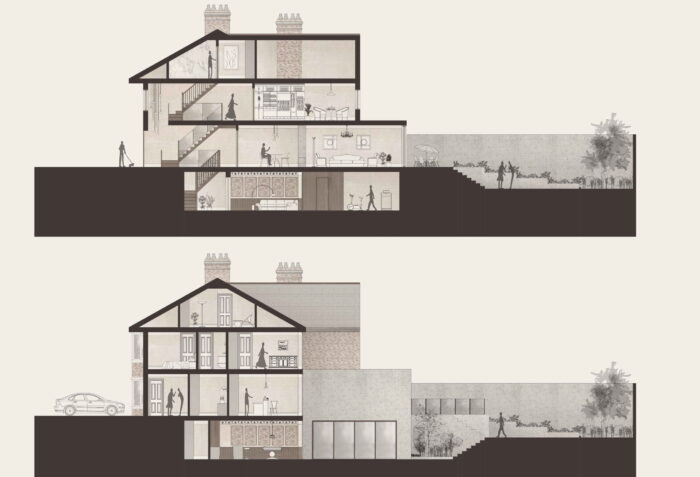
Architectural Section Drawings – Monument House
Sections and Site Levels
Sections at a scale of 1:50 or 1:100 offer a cut-through view of the building, revealing internal details and ground levels. We provide accurate section drawings and site level plans, working with topographic surveyors if required to reflect any significant changes in ground levels for particularly sloping sites.
Design and Access Statement
Sometimes required, this statement explains the design principles behind your project and how it’s accessible to everyone. A design & access statement is a mandatory requirement for conversions or extensions in conservation areas or for more complex proposals where further justification is needed, typically with householder or full planning applications only, not permitted development applications. Our team prepares thoughtful design and access statements that clearly communicate your project’s vision and accessibility features.
3D Support
For design-led applications, we highly recommend 3D support packages including architectural renders. These will help the council visualise the proposals far better than 2D drawings, and can lead to more swift decision-making.

Modern Home Extension – Flow House
Additional Information
Depending on your project and the local authorities requirements, you might need extra documents such as:
- Landscaping Plans
- Tree Survey & Arboricultural Impact/Method Statements
- Heritage Impact Assessments
- Flood Risk Assessments
- SUDs (Sustainable Drainage Systems) Strategies
- Ecological Surveys & Reports
- Basement Impact Assessments
- Biodiversity Net Gain Assessments
We coordinate with a network of specialists to provide all necessary additional information, ensuring a comprehensive planning application.
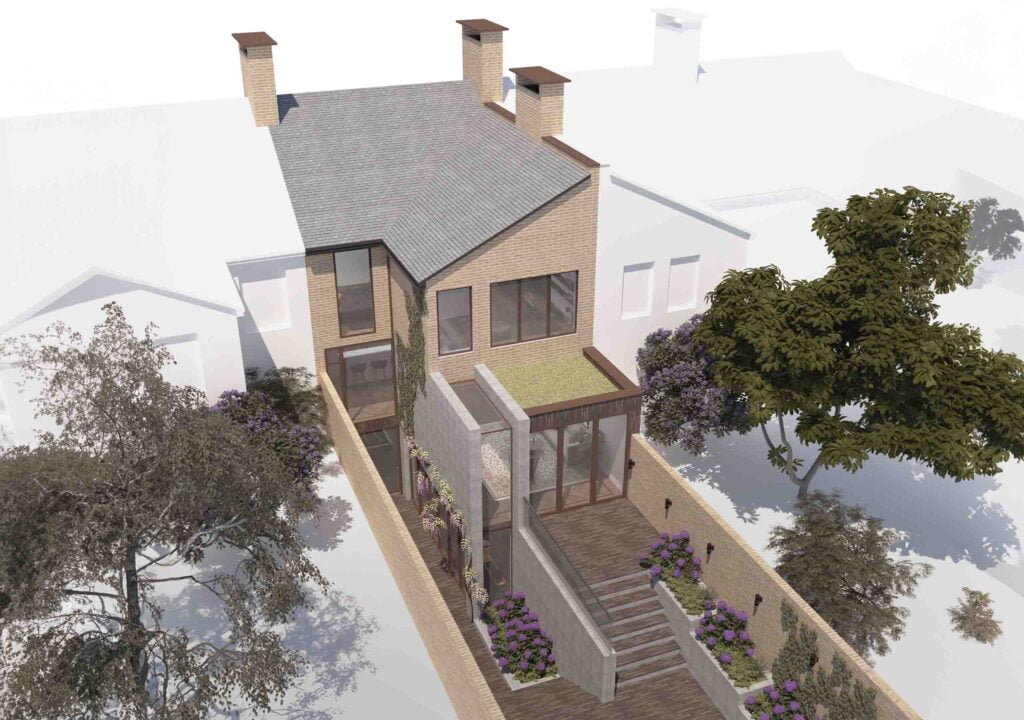
3D Visualisations – Monument House
Tips for Preparing and Submitting Planning Permission Drawings
- Understand Local Requirements Review your local planning authority’s guidelines with your design team for drawing scales, formats, and additional documentation to ensure compliance and avoid delays. There is a statutory 2-week validation period where the LPA checks you application for completeness, and if additional information is requested this can set you back.
- Ensure Accurate and Clear Drawings Use correct scales and provide all required details with clear, legible presentations. Professional-quality drawings by a qualified architectural team will help convey your proposal effectively.
- Label and Contextualise Clearly label each drawing with its title, scale, and date, and include contextual information such as surrounding buildings and features to provide a full picture.
- Consult with Experts Work with architectural designers, planning consultants, surveyors, and structural engineers to ensure accuracy and adherence to standards. Our in-house team of designers, planning experts, technologists and planning agents oversee the entire process, providing a seamless and comprehensive service.
- Review and Complete Your Submission Double-check all drawings and documents for completeness and accuracy before submission of your planning application. Our experts ensure that all necessary statements and reports are included, streamlining the application process and increasing your chances of approval. Read about our top tips for planning permission for home extensions here!
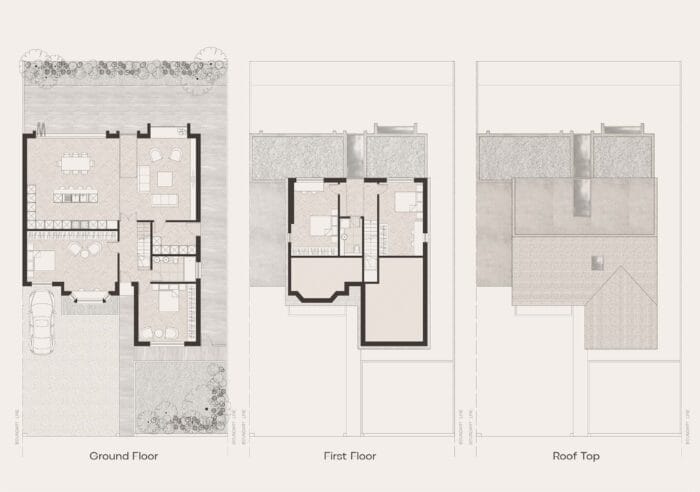
House Extension Plans Example – Dash House
Common Pitfalls to Avoid with Planning Permission Drawings
Planning permission applications are often rejected due to incomplete or incorrect drawings. To avoid common pitfalls and ensure a smooth application process, keep these tips in mind:
- Know Your Local Requirements: Different areas in London have specific requirements for planning permission drawings. Check with your local planning authority to understand the exact details they need and avoid any unnecessary delays.
- Get Accurate and Professional Drawings: Make sure your drawings are to scale and provide all required details. Professional-quality drawings from an experienced architectural team or designers can make a huge difference.
- Label Everything Clearly: Each drawing should be clearly labelled with its title, scale, and date. Providing context, like surrounding buildings or features, helps the council understand your proposal better.
- Consult with the Experts: Engage with architectural designers, technologists, planning experts, and surveyors who can ensure your drawings meet all necessary standards and regulations. Their expertise will help you navigate any complexities.
- Double-Check Before Submission: Review all your drawings and supporting documents thoroughly before submitting them. Ensuring that everything is complete and accurate can prevent setbacks and speed up the approval process.
- Stay Organised: Keep track of all documents and correspondence related to your application. A well-organised submission is less likely to face delays or additional requests from the planning authority.
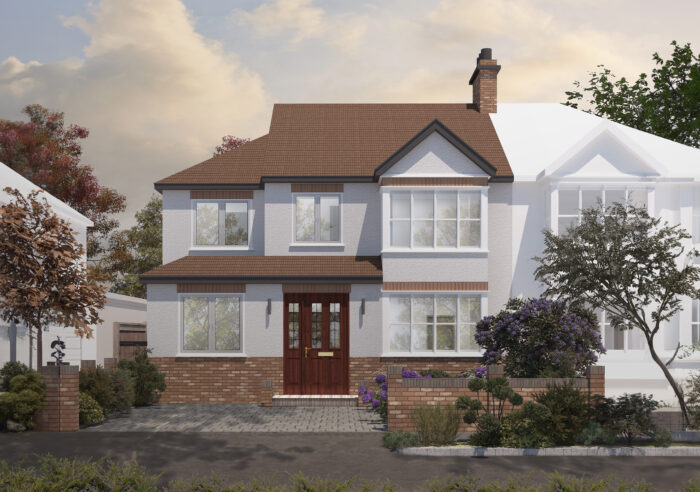
Traditional Two Storey Side Extension – Scarlet House
Can a Builder Quote from Planning Drawings?
In most cases, builders can provide an initial estimate based on planning drawings, but there are huge limitations to consider. Planning drawings are designed to meet local authority requirements, focusing on aspects like layout, scale, and appearance. However, these drawings often lack the detailed specifications needed for a precise construction quote. Here’s what to keep in mind:
What Planning Drawings Include:
- Layouts and Dimensions: They give a basic idea of the project’s size and scope.
- External Elevations: Helpful for understanding the project’s external look.
- Site Plans: Useful for context but not detailed enough for construction.
What Builders Need for Accurate Quotes:
- Detailed Specifications: Information on materials, finishes, and construction methods.
- Structural Details: Plans showing beams, joists, and foundations.
- Building Regulations Drawings: These cover insulation, fire safety, and other technical requirements essential for accurate pricing.
Why Relying Only on Planning Drawings Can Be Risky:
- Inaccurate Costs: Without knowing the specific materials or construction methods, a builder may underquote or overquote.
- Changes During Construction: Without technical details, there’s a higher likelihood of unexpected costs.
The Ideal Approach:
For accurate pricing, combine planning drawings with a set of building regulations drawings or a detailed specification document. At DeVis Architecture, we offer a seamless service that transitions your project from planning to detailed technical design, ensuring builders have everything they need to provide accurate quotes and deliver quality results.

Meet the DeVis Architecture Team – Zak Gilby & Lina Luzina
Conclusion & Next Steps!
And there you have it—your ultimate guide to planning permission drawings! With the right plans and a bit of know-how, you’re all set for a smooth application process. Remember, we’re here to take the stress out of this journey. From sketching out your dream extension to getting those plans approved, our team has got your back every step of the way.
Got questions or need an expert opinion? Don’t hesitate to reach out! We’re excited to help you turn your vision into reality.
